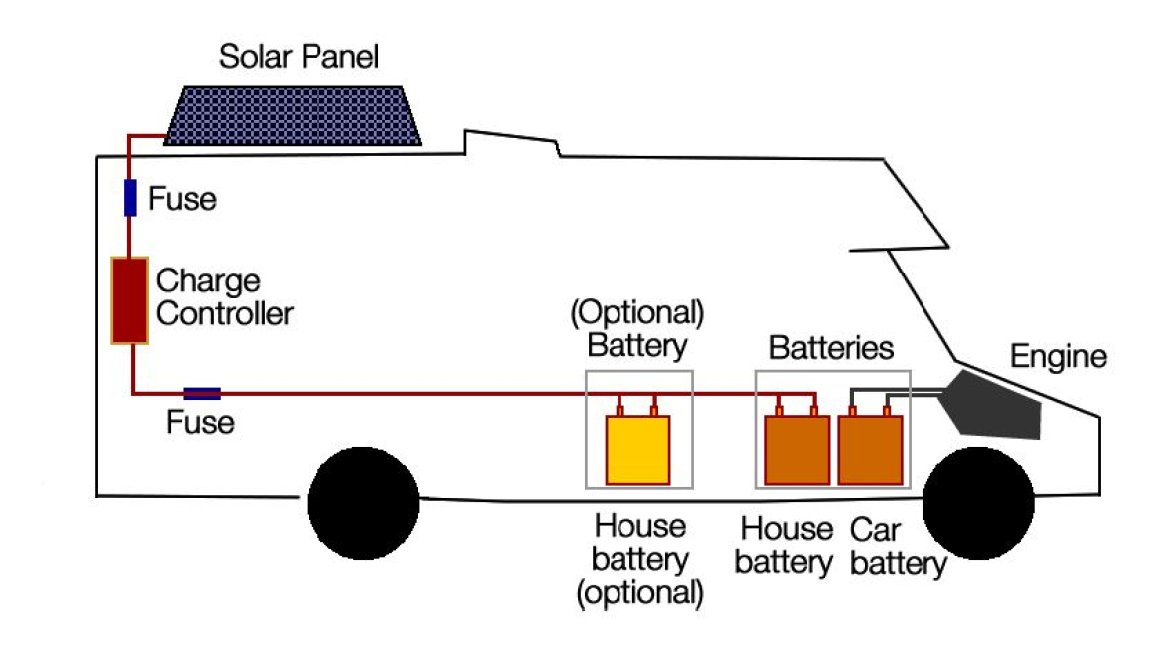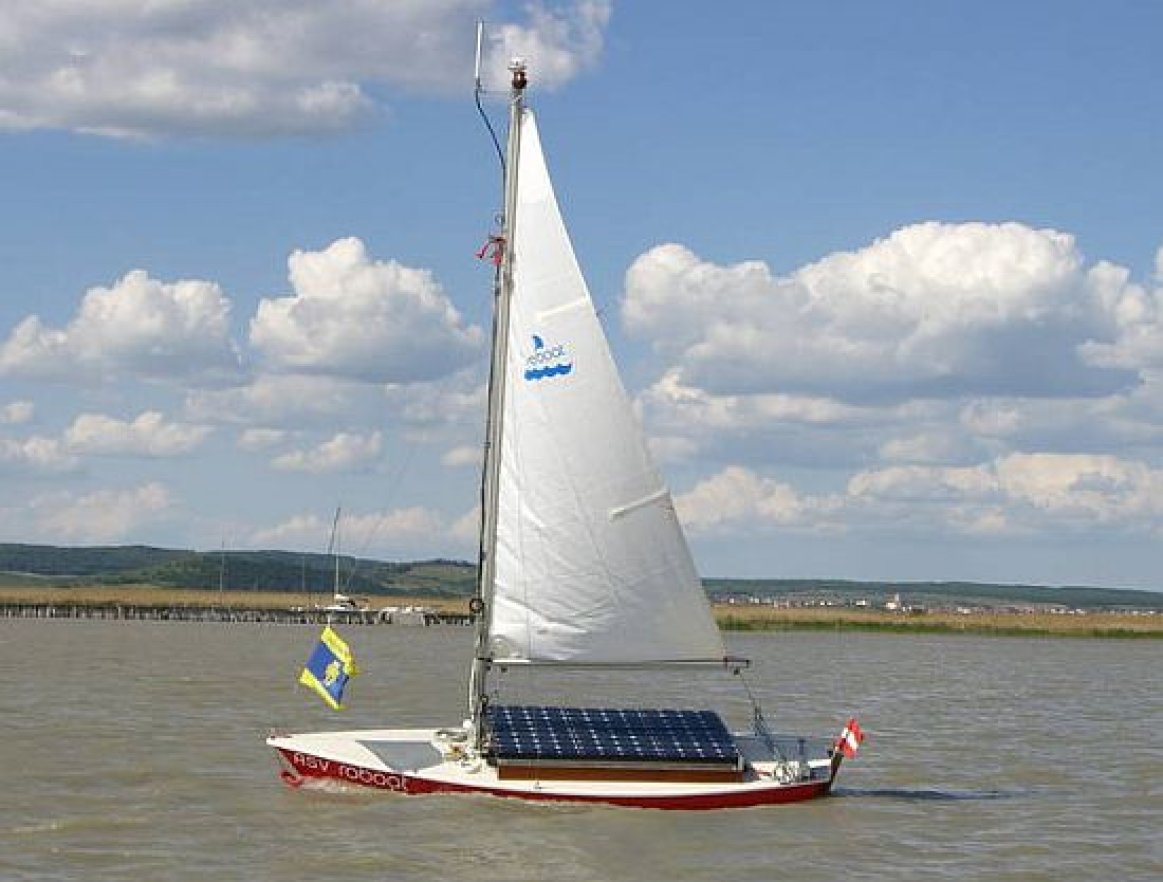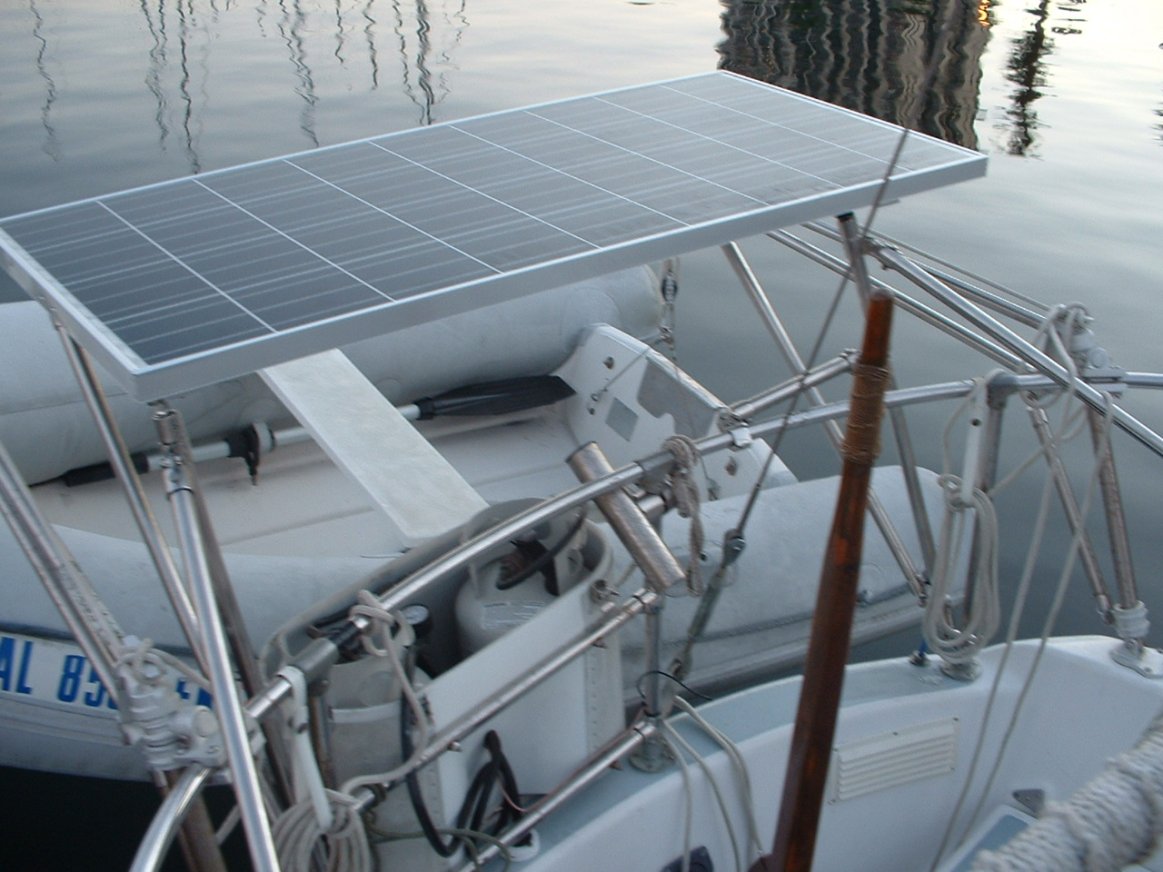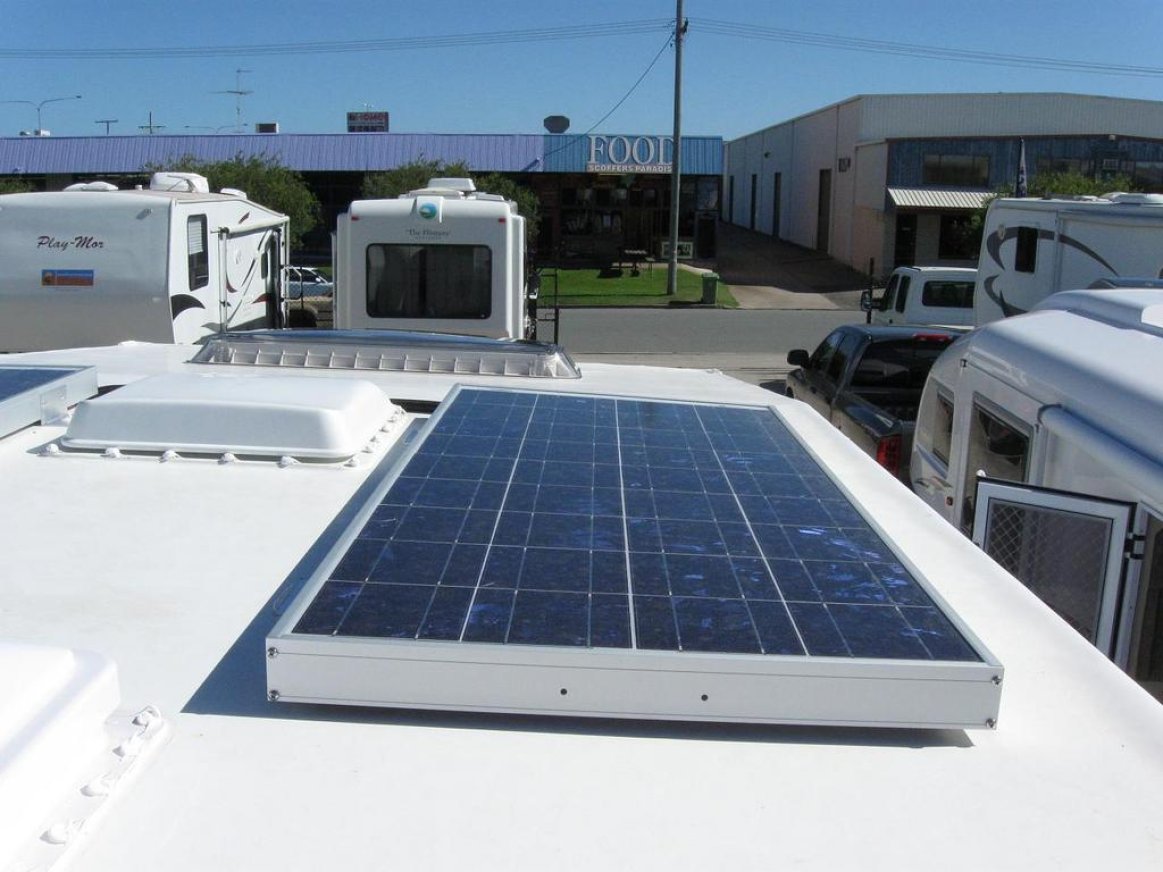Installing solar PV modules on an RV has become very popular among American and Canadian families in recent years - with the objective of decreasing or eliminating the need to run a generator or plug in to "shore-power". The prices of solar PV modules have decreased a lot, making solar affordable. Most RVs and boats are powered with DC current; thus making it less complex and more convenient to install solar by simply connecting modules to the batteries with a charge controller.
The size of solar PV system (power input) is mostly dependent on the available roof or deck size. But the RV or the boat owner has to choose how many days of autonomy he can capture by expanding the battery bank size - based on available space and weight capacity of the vehicle.
A solar PV system can be integrated directly with the existing house batteries of the RV or boat. Autonomy will increase slightly as long as the sun is shining and the batteries' charge will tend to fluctuate less. In choosing the new battery size, here are the factors one needs to consider:
1) Type of Battery
For mobile, on-the-go applications, gel type and AGM type batteries are preferred as they are spill-proof, deep cycle batteries. Most of the wet (flooded) batteries in the solar industry are deep cycle too and there is a significant price advantage, but generally, people are leaning away from the increased maintenance of the flooded lead-acid battery.
2) Available space
One battery would take up a space of about 14" x 10" together with a battery box, and it may weigh up to 70-80 lbs. This means, the number of batteries you can put on your boat or your RV is not unlimited.
3) Daily energy consumption
Read the article "How to Size a Battery Pack" and do your calculations. If you are consuming more than what you store in your battery bank, you may need to expand your battery capacity. Below is a calculation table where the data of electrical home devices are given as an example.
AppliancePower Draw (W)Daily Usage (h)Energy Consumption (Wh)1x TV Set150 W2 h150 x 2 = 300 Wh3x Compact Fl. Lights20 W x 3 = 60 W4 h60 x 4 = 240 Wh1x Laptop60 W3 h60 x 3 = 180 Wh1x GPS15 W6 h15 x 6 = 90 WhTOTAL 810 Wh
A 12 V, 98 Ah battery would store 1176 Wh of energy. If you buy two of them and connect them in parallel (app. 2350 Wh), you would have at least 3 days of autonomy in your system even if you never charge your batteries. Normally, such a system would provide 5-6 days of clean power since your modules would charge the batteries during the day.
4) Integrating with existing battery voltage
Know your existing system. If it is 12V, you want a 12V battery bank; if it is 24 V, you want a 24 V battery bank. If you connect them together, you may need a battery equaliser. If you create a separate battery bank, you may need to completely separate the house and solar battery banks while connecting the existing loads to the new one.





Comments
If I wanted to add an inverter to my RV system what would the single line drawing look like. Does the inverter go load side of the batteries? Thanks.
You can integrate a DC-AC inverter to your system or an inverter/ charger that would allow you charge your batteries when you plug into an AC outlet.
To answer your question; you need to connect the inverter on the load side- the output side of the charge controller.
Do you have an install manual or install instructions for hooking up a solar panel with a j-box for this type of application?
It's very simple. Here is a previously submitted article "How to Wire a Solar Panel Junction Box" that would answer your question.